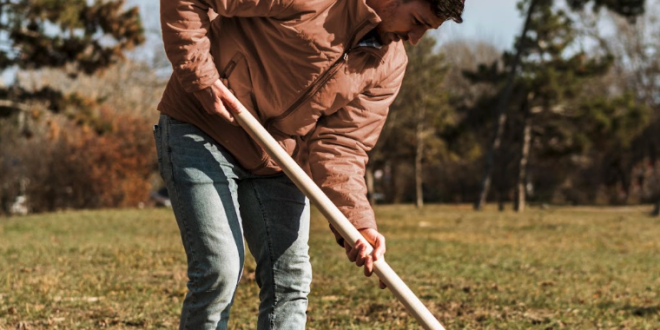Introduction
Protected species show up on more clearing jobs than many managers expect. In Southwest Florida, gopher tortoises are the classic example, but birds, plants, and other animals also trigger regulations. Proper handling protects wildlife and prevents the kind of delays and fines that stop construction. This article gives actionable steps for identifying, protecting, and, when necessary, relocating protected species during development.
If you manage Fort Myers work, use these steps as your on-site protocol.
Survey first, clear later
The first rule is simple: survey before you clear. A qualified biologist identifies burrows, nests, and habitat. That information dictates clearing limits and designs. Clearing first and surveying later is the fastest route to mandatory mitigation and enforcement.
A solid survey is the foundation of a defensible project record.
Avoidance is the cheapest and fastest option
When a protected species is present, avoidance is the preferred outcome. Redesign building pads, shift access routes, or adjust grading to retain habitat. Preserving habitat in place often avoids relocation permits and expensive mitigation.
Think of avoidance as risk reduction, not as compromise.
If you must relocate, use permitted professionals
Relocation requires permits and trained staff. Do not move animals yourself. If relocation is necessary, permit conditions will specify capture methods, transport, release sites, and monitoring. Use only state- or federally permitted contractors for this work.
Proper relocation includes documentation and follow-up monitoring to ensure compliance.
Timing and seasons matter
Many species have vulnerable seasons, nesting or breeding windows, during which disturbance is restricted. Schedule clearing to avoid those windows when possible. If windows cannot be avoided, expect stricter mitigation requirements and extended monitoring.
Plan timing into the project schedule rather than reacting when a nest is found mid-project.
Immediate on-site protocols
Train crews on stop-work triggers. If someone finds a burrow or nest, stop work, secure the area, and call the biologist. Mark exclusion zones clearly. Keep a dated and photographed log of the find and actions taken.
Quick, documented responses demonstrate good-faith action to regulators.
Mitigation planning
If impacts are unavoidable, mitigation options include habitat restoration, contributing to mitigation banks, or on-site preservation elsewhere. Your consultant will help quantify impacts and recommend the most effective mitigation. Budget for mitigation early in the project to avoid surprises.
Mitigation that is negotiated up front moves faster during permitting.
Communicate with regulators early
Engage the Florida Fish and Wildlife Conservation Commission and other relevant agencies early. Pre-application meetings clarify expectations and can prevent last-minute demands. Regulators generally respond positively when you show competent planning and willingness to follow protocols.
Early engagement reduces resubmittals and delays.
Document every step
Keep survey reports, permit documents, encounter logs, and mitigation plans together in an accessible folder. If an agency inspector asks questions, prompt access to documentation is often the difference between a warning and a fine.
Photos with timestamps are especially persuasive.
Train contractors and include clauses in contracts
Make wildlife protocols mandatory in subcontractor agreements. Include stop-work clauses and require crews to follow the biologist’s instructions. Clarify who pays for surveys, relocations, and mitigation to prevent disputes.
Contract clarity prevents delays driven by responsibility disputes.
Conclusion
Protecting gopher tortoises and other protected species during land clearing in Fort Myers is about planning, avoidance, and professional execution when relocation is unavoidable. Survey early, design to avoid impacts, use permitted professionals for relocations, and keep clear documentation. These steps protect wildlife and keep your project on track.
 USAInsiderToday Latest News, Features, and Culture Coverage
USAInsiderToday Latest News, Features, and Culture Coverage

